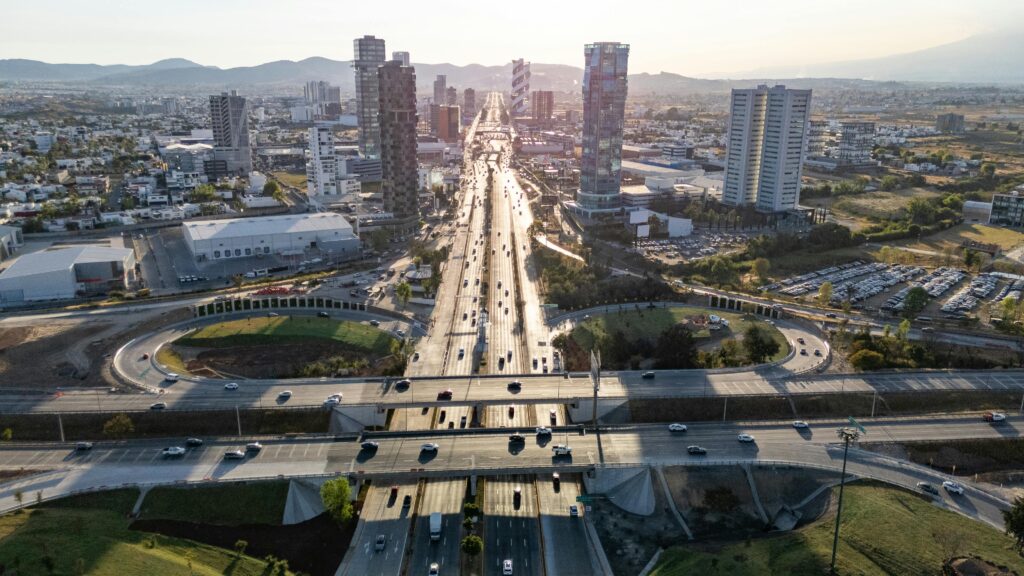
Image source: Pexels
A car swerves. Brakes screech. Metal crumples. But what if that crash never had to happen?
AI is stepping into the driver’s seat – not to take over, but to foresee danger before it strikes. By analyzing road conditions, driver habits, and even subtle patterns in traffic flow, machine learning could become the ultimate co-pilot for accident prevention.
Is this the next breakthrough in road safety or just another tech pipe dream? Read on to find out more.
The role of legal expertise in AI-driven accident analysis
While AI can flag high-risk areas and even predict when accidents might occur, it’s not perfect. Determining who is at fault in an accident still requires human expertise. AI models can analyze data from dashcams, GPS logs, and traffic cameras, but they don’t have the legal reasoning needed to interpret that data in court.
This is particularly important in motorcycle accidents, where liability can be complex. Human legal experts are still essential in analyzing AI-generated data to determine negligence, insurance claims, and legal responsibility. For those looking to investigate motorcycle accidents, working with experienced attorneys remains crucial.
How AI predicts traffic accidents
AI taps into vast streams of data, uncovering patterns that would easily slip past human observation. Machine learning models process:
- Historical crash records
- Continuous traffic flow data
- Real-time sensor inputs
- Pedestrian and cyclist movement patterns
- Traffic signal timing and anomalies
To identify trouble spots that might otherwise go unnoticed. This analytical prowess allows cities to adjust speed limits or introduce clearer signage well before disasters unfold.
Driving behavior, too, becomes a window into risk.
- Hard braking
- Abrupt lane shifts
- Rapid acceleration
- Inconsistent speed fluctuations
- Frequent tailgating
- Failure to use turn signals
- Late or sudden braking in traffic
These are all subtle hints that a driver may be operating on the edge. AI systems monitor these patterns via vehicle telematics, delivering real-time warnings that give drivers a chance to correct course before an incident occurs.
Weather conditions further complicate the scenario. When rain, snow, or fog hits, the odds of a mishap climb sharply. With access to up-to-the-minute meteorological data, AI pinpoints moments and locations where the road becomes especially treacherous.
Traffic density also plays a significant role in predicting accidents. As vehicle numbers swell on the road, so does the potential for collisions. AI algorithms evaluate congestion patterns to suggest routes that lower the risk of accidents, helping drivers navigate busy areas more safely. Infrastructure challenges, such as:
- Potholes
- Poorly designed intersections
- Ongoing construction
- Insufficient street lighting
- Narrow or obstructed lanes
Don’t escape AI scrutiny, either. Detailed assessments of these elements allow city planners and drivers alike to be forewarned of hazards, enabling proactive measures that can keep everyone on the road safer.
AI in action: Real-world applications
Several cities and tech companies are already using AI to prevent accidents before they occur. For example, some traffic management systems in the U.S. and Europe use predictive AI models to adjust traffic lights dynamically, reducing congestion and lowering accident rates.
Ride-hailing and fleet management companies also rely on AI to assess driver risk. By monitoring driving habits, companies can determine which drivers need additional training or intervention to prevent potential crashes.
Even car manufacturers are integrating AI into driver-assistance systems, helping to prevent collisions through automated braking, lane departure warnings, and adaptive cruise control.
Implications for urban planning
AI’s ability to predict accidents isn’t just useful for drivers – it’s awesome for urban planners. Cities can use AI-driven insights to:
- Design safer roads
- Improve pedestrian crossings
- Optimize traffic flow
- Install smart city sensors
For example, if AI detects that a certain intersection has a high probability of crashes during rush hour, city planners can modify signal timing, add turn lanes, or even redesign the intersection entirely. The same logic applies to areas with frequent motorcycle accidents – AI can highlight risk factors specific to two-wheeled vehicles and suggest improvements like better lighting or dedicated lanes.
The future of AI in traffic safety
AI’s predictive capabilities are only going to improve as more data becomes available. With more and more connected vehicles, it is better. smart infrastructure, AI could eventually prevent many accidents before they happen.
However, AI alone isn’t enough. It works best when combined with proactive urban planning, driver education, and strong legal frameworks. The future of traffic safety isn’t just about technology. We also need to use it the right way.
